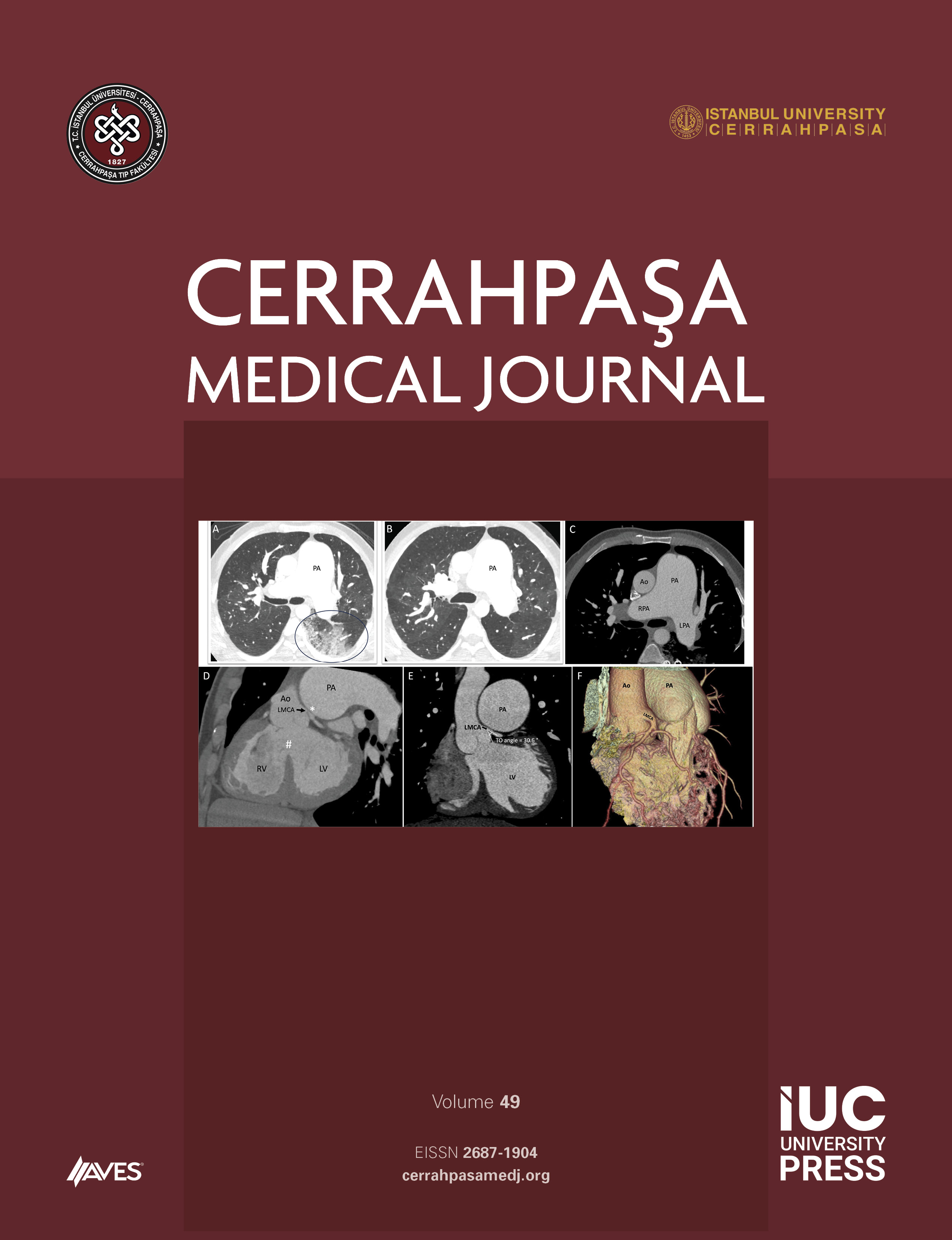Objective: Levobupivacaine is considered one of the less toxic local anesthetics. In this study, we aimed to investigate the effects of two different concentrations of levobupivacaine on the levels of free oxygen radicals in blood, heart, and brain tissues of rats.
Methods: Thirty-four rats were divided into three groups. Group 1 received 2.5 mg.kg−1 IV levobupivacaine (n=12), group 2 received 5 mg.kg−1 IV levobupivacaine (n=12), and group C (control) received IV 0.9% sodium chloride solution (n=10). Every group was evaluated in two separate subgroups where samples were taken at 2nd hour (A) and 24th hour of the injection (B) after sacrification. Malondialdehyde, superoxide dismutase, glutathione, and nitric oxide levels were determined in the blood, heart, and brain tissues of rats biochemically.
Results: After administration of levobupivacaine, the levels of malondialdehyde increased while the levels of superoxide dismutase, glutathione, and nitric oxide decreased in the tissues.
Conclusion: Administration of levobupivacaine may cause an oxidative stress response.
Cite this article as: Tunalı Y, Kaya Gök A, Uzun H, Korkmaz Dilmen Ö, Akçıl EF, Kaya G. The Effects of Two Different Concentrations of Levobupivacaine on Free Radicals in Blood, Brain, and Heart Tissues of Adult Rats. Cerrahpasa Med J 2019; 43(2): 58-65.



